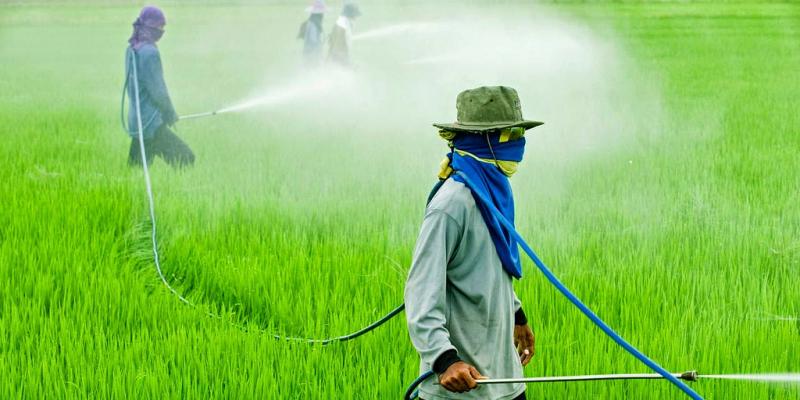Introduction
The Agrochemicals market, an integral part of the agriculture industry, plays a vital role in sustaining global food production and ensuring food security. These chemical products, including fertilizers, pesticides, and plant growth regulators, have significantly transformed modern agriculture, enabling farmers to increase crop yields and combat various pests and diseases. In this article, we explore the multifaceted Agrochemicals market, its impact on agriculture, challenges, and the path towards sustainable practices.
1. Fueling Agricultural Productivity
Agrochemicals have been a driving force behind the remarkable growth in agricultural productivity over the past few decades. Fertilizers, for instance, provide essential nutrients to plants, enhancing their growth and yield potential. Pesticides protect crops from harmful pests, diseases, and weeds, safeguarding agricultural investments and ensuring a steady supply of high-quality produce.
2. Meeting the Global Food Demand
With the world's population steadily increasing, the demand for food is projected to rise significantly in the coming years. The Agrochemicals market plays a pivotal role in meeting this global demand by enabling farmers to maximize crop yields and produce more food on limited arable land. Additionally, Agrochemicals facilitate efficient and sustainable agricultural practices, minimizing resource wastage and environmental impact.
3. Sustainable Practices and Environmental Concerns
While Agrochemicals have undoubtedly contributed to agricultural success, they have also raised concerns about sustainability and environmental impact. Misuse or excessive application of pesticides can lead to environmental pollution, harm to non-target species, and the development of pesticide-resistant pests. Moreover, the runoff of fertilizers into water bodies can cause eutrophication, threatening aquatic ecosystems.
4. Towards Sustainable Agriculture
Recognizing these challenges, the Agrochemicals industry is evolving towards more sustainable practices. Integrated Pest Management (IPM) approaches encourage the judicious use of pesticides, combining them with biological controls and cultural practices. This approach reduces chemical inputs while promoting natural pest control mechanisms. Additionally, precision agriculture techniques leverage technology to optimize the application of Agrochemicals, reducing wastage and enhancing efficiency.
5. Innovations and R&D
The Agrochemicals market is witnessing significant investments in research and development. Manufacturers are continuously developing novel products with improved efficacy, reduced environmental impact, and enhanced safety profiles. Biopesticides, derived from natural sources like plants and microbes, are gaining traction as eco-friendly alternatives to conventional chemical pesticides.
6. Regulatory Framework and Consumer Awareness
Regulatory authorities worldwide play a crucial role in ensuring the safe and responsible use of Agrochemicals. Strict regulations govern the approval, sale, and usage of these products, ensuring that they meet stringent safety and efficacy standards. Additionally, consumer awareness and demand for sustainably produced food are influencing agricultural practices, prompting farmers to adopt eco-friendly alternatives and practices.
Conclusion
The Agrochemicals market remains a cornerstone of modern agriculture, enabling farmers to boost productivity and meet the growing global food demand. As the industry continues to evolve, sustainability and environmental considerations are taking center stage. Embracing sustainable practices, technological innovations, and consumer awareness will drive the Agrochemicals market towards a future where food security is balanced with environmental stewardship, ensuring a greener and healthier planet for generations to come.
